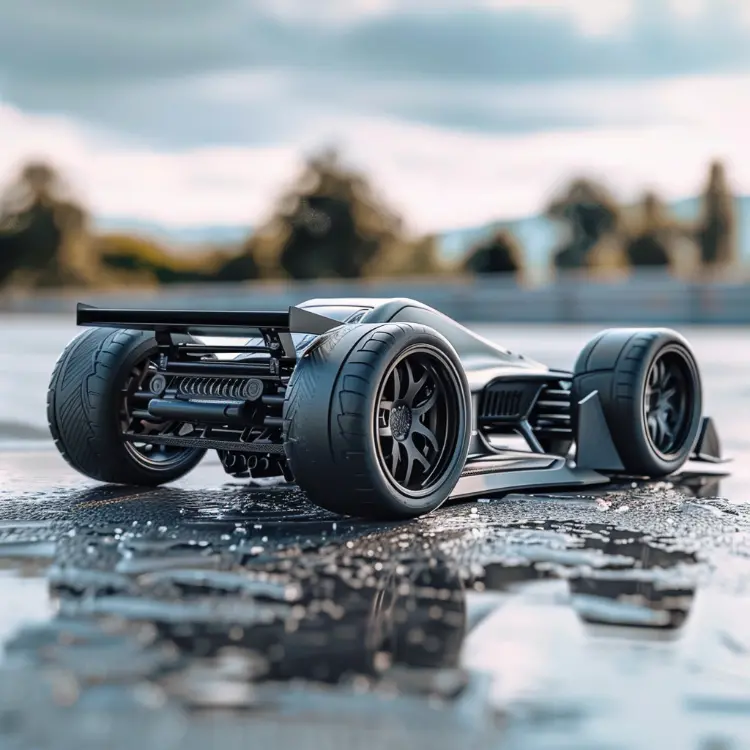RC cars demand exceptional stability to ensure smooth and controlled operation. If the lift is too far from the center of gravity, the spring may undergo excessive deformation, potentially leading to breakage. This extreme scenario can result in a significant loss of stability. Specific issues or broken components can have serious consequences, such as altering the angle of stability, which can affect the car's performance.

To simplify the problem, we should focus on placing the center of gravity at a low-pressure center (where applicable) to achieve a stable ground driving experience. However, RC car models often have unique profiles. With an increased angle of attack, not only does the bearing value increase, but the point of application also moves to the leading edge. This means that our stabilizer must be robust enough to manage these changes in balance before instability becomes irreversible.
To achieve a smooth glide slope, reduce speed to idle and adjust the depth lever. If the ground is not straight, observe the model without touching the radio trim. Apply the following corrections:
These solutions are practical tools for field adjustments. Once corrections are identified, seek professional assistance for precise modifications. Test different options and follow tutorials thoroughly to ensure optimal performance.
Achieving top stability in RC cars is crucial for optimal performance. By understanding the key factors affecting stability and making practical adjustments, enthusiasts can enhance their driving experience. Always seek professional help for precise modifications and test different options to find the best setup for your RC car.
For more detailed information on RC car stability and performance, visit RC Driver and Traxxas.

Revitalize Your Life with Radio-Controlled Cars
Radio-controlled cars offer an exhilarating way to inject excitement into your life. Whether you're a novice or a seasoned enthusiast, there's a model out there that fits your needs and budget. This article delves into the fascinating world of radio-controlled cars, exploring their types, features, and the market dynamics that influence their pricing.
Why You Should Buy Wooden Blocks for Your Child
Wooden blocks have been a staple in children's playrooms for generations, and for good reason. These timeless toys offer a unique blend of simplicity and educational value that modern toys often lack. In this article, we'll explore the numerous benefits of wooden blocks, backed by data and expert opinions, and explain why they remain a popular choice among parents.
Understanding the Intricacies of Radio-Controlled Cars
Radio-controlled (RC) cars have evolved from simple children's toys to sophisticated machines that captivate enthusiasts of all ages. This article delves into the technical details of RC cars, exploring their components, benefits, and the growing community around them.